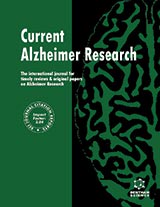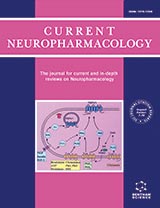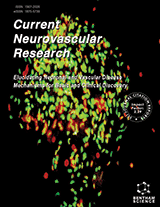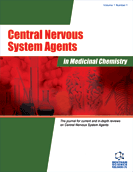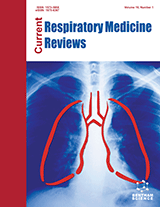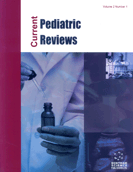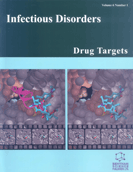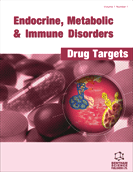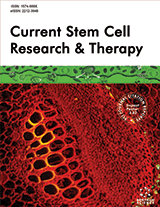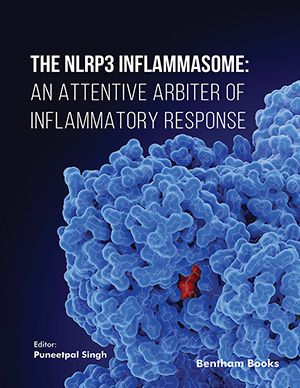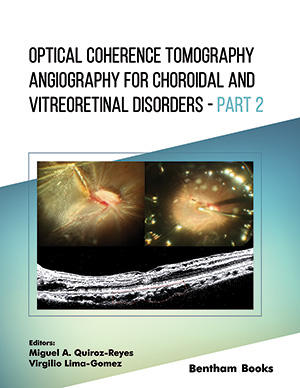Abstract
Heme is essential for the survival of most organisms, despite the fact of being potentially toxic. This dual effect is due to the ability of the iron (Fe) atom contained within the protoporphyrin ring of the heme molecule to participate in redox reactions and exchange electrons with a variety of substrates. Therefore, the pro-oxidant reactivity of heme needs to be kept under control, an effect achieved by its incorporation into the heme pockets of hemoproteins, i.e. proteins required to exert vital biological functions in which heme acts as prosthetic group. The release of heme from hemoproteins and the participation of Fe in the Fenton reaction lead to the generation of unfettered oxidative stress and programmed cell death. Although further investigations would be required to elucidate the regulation of heme in the brain, this molecule appears to be critically involved in the pathogenesis of different neurodegenerative diseases, as heme accumulation or deficiency is associated with impaired brain activity and neuronal death. Thus, the aim of this review is to provide an overview on the importance of heme in the brain and the pathophysiologic consequences associated with its accumulation.
Keywords: Heme, iron, neuronal cytotoxicity, neurodegenerative diseases.
Current Alzheimer Research
Title:The Pathophysiology of Heme in the Brain
Volume: 13 Issue: 2
Author(s): Raffaella Gozzelino
Affiliation:
Keywords: Heme, iron, neuronal cytotoxicity, neurodegenerative diseases.
Abstract: Heme is essential for the survival of most organisms, despite the fact of being potentially toxic. This dual effect is due to the ability of the iron (Fe) atom contained within the protoporphyrin ring of the heme molecule to participate in redox reactions and exchange electrons with a variety of substrates. Therefore, the pro-oxidant reactivity of heme needs to be kept under control, an effect achieved by its incorporation into the heme pockets of hemoproteins, i.e. proteins required to exert vital biological functions in which heme acts as prosthetic group. The release of heme from hemoproteins and the participation of Fe in the Fenton reaction lead to the generation of unfettered oxidative stress and programmed cell death. Although further investigations would be required to elucidate the regulation of heme in the brain, this molecule appears to be critically involved in the pathogenesis of different neurodegenerative diseases, as heme accumulation or deficiency is associated with impaired brain activity and neuronal death. Thus, the aim of this review is to provide an overview on the importance of heme in the brain and the pathophysiologic consequences associated with its accumulation.
Export Options
About this article
Cite this article as:
Gozzelino Raffaella, The Pathophysiology of Heme in the Brain, Current Alzheimer Research 2016; 13 (2) . https://dx.doi.org/10.2174/1567205012666150921103304
| DOI https://dx.doi.org/10.2174/1567205012666150921103304 |
Print ISSN 1567-2050 |
| Publisher Name Bentham Science Publisher |
Online ISSN 1875-5828 |
Call for Papers in Thematic Issues
New Advances in the Prevention, Diagnosis, Treatment, and Rehabilitation of Alzheimer's Disease
Aims and Scope: Introduction: Alzheimer's disease (AD) poses a significant global health challenge, with an increasing prevalence that demands concerted efforts to advance our understanding and strategies for prevention, diagnosis, treatment, and rehabilitation. This thematic issue aims to bring together cutting-edge research and innovative approaches from multidisciplinary perspectives to address ...read more
Current updates on the Role of Neuroinflammation in Neurodegenerative Disorders
Neuroinflammation is an invariable hallmark of chronic and acute neurodegenerative disorders and has long been considered a potential drug target for Alzheimer?s disease (AD) and dementia. Significant evidence of inflammatory processes as a feature of AD is provided by the presence of inflammatory markers in plasma, CSF and postmortem brain ...read more
Deep Learning for Advancing Alzheimer's Disease Research
Alzheimer's disease (AD) poses a significant global health challenge, with an increasing number of individuals affected yearly. Deep learning, a subfield of artificial intelligence, has shown immense potential in various domains, including healthcare. This thematic issue of Current Alzheimer Research explores the application of deep learning techniques in advancing our ...read more
Diagnostic and therapeutic biomarkers of dementia
Dementia affects 18 million people worldwide. Dementia is a syndrome of symptoms caused by brain disease, usually chronic or progressive, clinically characterized by multiple impairments of higher cortical functions such as memory, thinking, orientation, and learning. In addition, in the course of dementia, cognitive deficits are observed, which often hinder ...read more
 66
66 9
9 1
1 1
1
- Author Guidelines
- Graphical Abstracts
- Fabricating and Stating False Information
- Research Misconduct
- Post Publication Discussions and Corrections
- Publishing Ethics and Rectitude
- Increase Visibility of Your Article
- Archiving Policies
- Peer Review Workflow
- Order Your Article Before Print
- Promote Your Article
- Manuscript Transfer Facility
- Editorial Policies
- Allegations from Whistleblowers
- Announcements
Related Articles
-
7-aa Peptide Mimic from HVR1 of HCV Protects Hepatic Injury in Rats by Reduced Expression of Key Pro-Inflammatory Factors
Inflammation & Allergy - Drug Targets (Discontinued) Identification of Fish Cell Lines Using 2-D Electrophoresis Based Protein Expression Signatures
Current Proteomics Lactoferrin Derived Peptides: Mechanisms of Action and their Perspectives as Antimicrobial and Antitumoral Agents
Mini-Reviews in Medicinal Chemistry Sigma-2 Receptor Ligands: Neurobiological Effects
Current Medicinal Chemistry Targeted Regulation of PI3K/Akt/mTOR/NF-κB Signaling by Indole Compounds and their Derivatives: Mechanistic Details and Biological Implications for Cancer Therapy
Anti-Cancer Agents in Medicinal Chemistry PEDF as an Emerging Therapeutic Candidate for Osteosarcoma
Current Cancer Drug Targets Endocannabinoids and Their Receptors: Physiology, Pathology and Pharmacology
Immunology, Endocrine & Metabolic Agents in Medicinal Chemistry (Discontinued) Role of Tumor Microenvironment in Cancer Stem Cells Resistance to Radiotherapy
Current Cancer Drug Targets Benzofuran Small Molecules as Potential Inhibitors of Human Protein Kinases. A Review
Current Pharmaceutical Design Advanced Membrane Systems for Tissue Engineering
Current Organic Chemistry Targeting Tumors with Small Molecule Peptides
Current Cancer Drug Targets Microalgal Fatty Acids and Their Implication in Health and Disease
Mini-Reviews in Medicinal Chemistry The Synthetic Oleanane Triterpenoid HIMOXOL Induces Autophagy in Breast Cancer Cells via ERK1/2 MAPK Pathway and Beclin-1 Up-regulation
Anti-Cancer Agents in Medicinal Chemistry Metabolic Analysis of Triptolide Microspheres in Human, Dog, Rabbit and Rat Liver Microsomes with UPLC-MS/MS Method
Current Pharmaceutical Analysis AFM-Based Single Molecule Techniques: Unraveling the Amyloid Pathogenic Species
Current Pharmaceutical Design Tetracyclines and Prion Infectivity
Infectious Disorders - Drug Targets A Review of Titanium Di Oxide Nanoparticles - Synthesis, Applications and Toxicity Concerns
Nanoscience & Nanotechnology-Asia Recombinant Rhabdoviruses as Potential Vaccines for HIV-1 and Other Diseases
Current HIV Research Antidepressants, β-Arrestins and GRKs: From Regulation of Signal Desensitization to Intracellular Multifunctional Adaptor Functions
Current Pharmaceutical Design Different Aspects of Head and Neck Squamous Cell Carcinoma: Cancer Stem Cells, their Niche and Targeted Therapy
Current Stem Cell Research & Therapy


